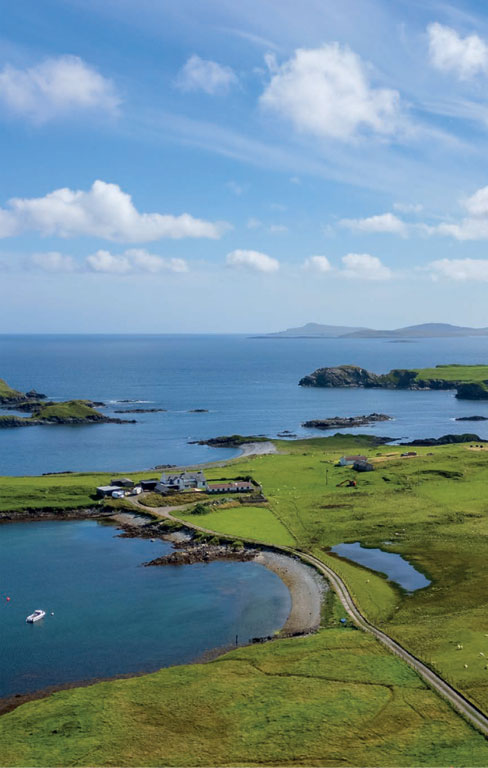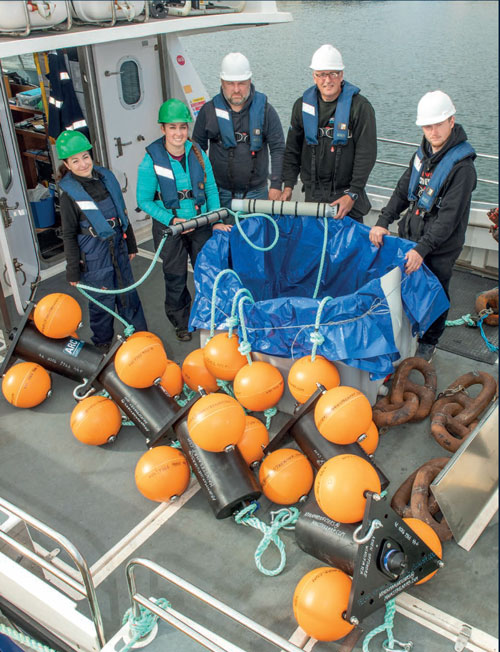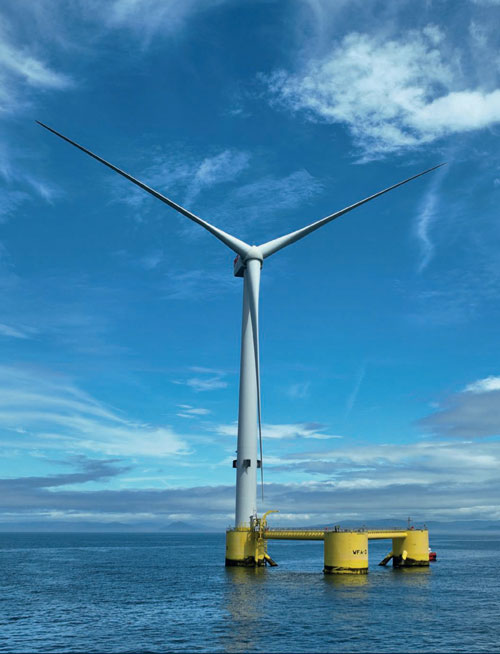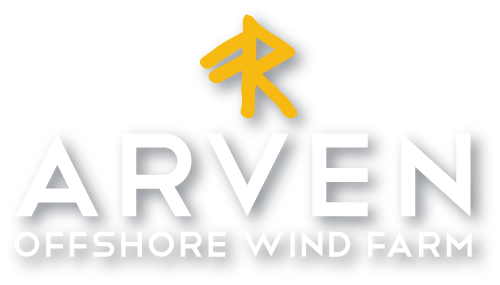FREQUENTLY ASKED QUESTIONS

HOW CAN THE LOCAL COMMUNITY GET INVOLVED IN THIS PROCESS?
We’re committed to creating opportunities for Shetland and the local supply chain. More public consultation events will be held during the planning phase, involving various Shetland community stakeholders.
The community will be kept informed and encouraged to participate, continuing to foster an open and transparent dialogue.
HOW WILL ARVEN’S DEVELOPMENT BENEFIT THE COMMUNITY?
Ocean Winds have a strong track record in delivering successful offshore wind projects where we have delivered regional and local infrastructure, such as operations and maintenance bases. We want to create opportunities for Shetland to benefit from the clean energy transition, developing skills, jobs and the supply chain. We’re also supporting community initiatives such as Shetland Sail Training and the Youth Philanthropy Initiative.
HOW MANY TURBINES WILL THERE BE IN ARVEN?
As the project is at an early stage, the number of turbines on the offshore wind farm has not been determined yet. However, it will be based on the government’s approved power capacity of 2.3 GW. The number of turbines also depends on the available generators and evolving technology.
WHY HAS FLOATING OFFSHORE WIND BEEN SELECTED?
In locations were sea depths reach more than 60-70 metres, floating wind technology is the optimum solution.
WHAT EXPERIENCE DOES OCEAN WINDS HAVE WITH FLOATING OFFSHORE WIND?
Ocean Winds pioneered floating offshore wind technology, developing the world’s first semi-submersible floating wind farm offshore Portugal named WindFloat Atlantic.
Ocean Winds is involved in developing a floating offshore wind farm project, named KF Wind, in South Korea (1.2 GW) where floating technology will be used. Ocean Winds is a major shareholder in a floating technology company Principle Power.


HOW WILL ARVEN’S EFFECT ON SHETLAND’S LOCAL SURROUNDINGS BE MEASURED?
Environmental Impact Assessments (EIA) will be carried out over several years, which will be informed by various environmental surveys and research, with input from experts on various environmental topics. Separate EIAs will be undertaken onshore and offshore and the findings will be presented in EIA Reports, to be submitted with planning / consent applications. The reports will be available to the public and will include non-technical summaries. The reports will also outline proposed mitigation measures, where potential impacts are identified.
We are dedicated to minimising effects and implementing mitigation measures. We have commenced engagement with key stakeholders, including the fisheries community, and have been carrying out environmental surveys, such as studies of seabirds and seabed habitats, since early 2023.
HOW WILL THIS PROJECT BENEFIT THE SHETLAND COMMUNITY?
Local industry is at the core of Arven’s development. The Arven team is already working with Shetland supply chain companies and is working with local organisations to identify how to maximise opportunities throughout the planning, construction and long-term operational phase on the project.
HOW CAN THE LOCAL COMMUNITY GET INVOLVED IN THE PROCESS?
Engagement to boost local supply chain opportunities is ongoing. Public consultation events will be held during the development phase, involving various stakeholders from the Shetland community.
The community will be kept informed and encouraged to participate, fostering an open and transparent dialogue. Several formal consultation phases will provide opportunities to comment to decision-makers at Shetland Islands Council and Scottish Ministers’ Marine Directorate.
Members of the public can contact the project team at any time. Contact details are provided here.

